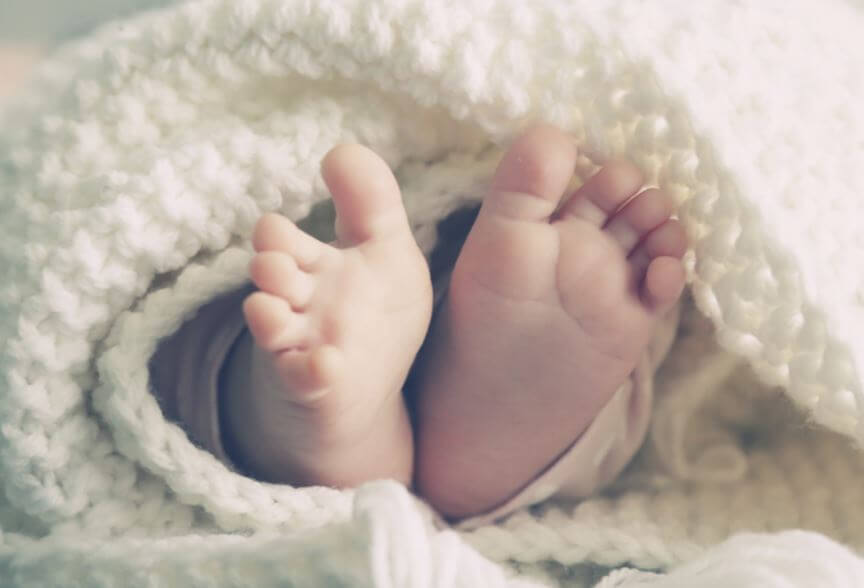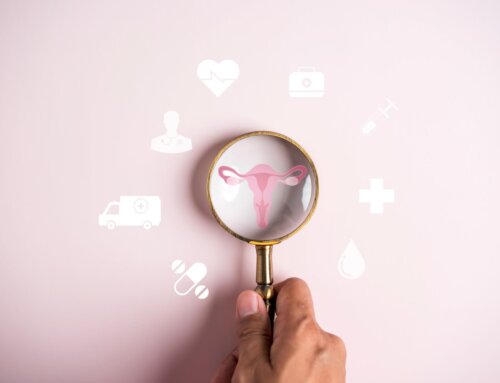Birth injury negligence can catastrophically change the life course of the person affected before their life, has even begun.
Such incidents are immensely traumatic for all involved, not least for the family of the baby and the medical team overseeing the care.
A baby that was healthy in all respects can tragically have their faculties taken away in the blink of an eye during birth.
Clinicians and allied health practitioners involved in the care of a newborn baby and mother work extremely hard to ensure their safety and well-being.
However, sometimes things do go wrong.
Record claims for birth injuries
The volume and cost of birth injury claims are on the rise. In mid-2020, NHS Resolution, which manages litigation on behalf of the NHS, stated that its expenditure is highest in the area of birth injuries and maternity claims. The cost of medical negligence claims in this area accounts for over half of the total value of all the clinical negligence claims received in the year.
In 2017, after an in-depth review of cerebral palsy claims, had been carried out, a report of the findings, ‘Five Years of Cerebral Palsy Claims – a thematic review of NHS Resolution data’, was published.
In the year covered by the report, there were 232 claims for birth injuries which had resulted in the diagnosis of Cerebral Palsy, a 23% rise from the previous year, at a total cost of £2 billion.
The cost of paying for the ‘complex lifelong care needs’ of such children affected is in the region of £20 million per child.
Given the rising costs of such claims, the Department of Health (DoH) commenced a consultation process into the concept of a ‘Rapid Resolution and Redress Scheme’ for severe avoidable birth injuries, to streamline the process of claiming compensation.
This process led to the NHS Resolution’s ‘Early Notification Scheme’ being set up in April 2017. Its’ aims were to:
- Carry out early liability investigations into cases of childbirth injury that result in cerebral palsy. The intention is to improve the experience, for both staff and families and provide early support to both.
- Reduce formal litigation in courts and the associated legal costs.
- Identify learning and share at national, regional and local levels.
A report of the progress it had made, was published in September 2019. The report revealed that early admissions of liability had been provided to 24 families of childbirth injury victims within 18 months of birth. NHS Resolution had:
- given the families a detailed explanation
- provided them with an apology
- pointed the families in the direction of independent legal representation, where NHS resolution had identified an entitlement to compensation.
- prompt financial report for clinical and respite care
- psychological support where it is needed.
As the scheme has been running for only a relatively short period, it remains to be seen whether NHS Resolution working in partnership with other national healthcare organisations can help to achieve the government’s target of reducing the number of incidents of birth injuries by 50% by 2025.
Footing the high cost of care
In 2015 a 9-year-old child was awarded an out of court settlement as a result of brain damage caused at birth, which in turn lead to the infant getting cerebral palsy. The child’s family made a compensation claim against the University of Leicester NHS Trust. The child had no fine motor skills. In other words, an inability to use the smaller muscle groups to perform movements with the hands, fingers, wrists, feet and toes. He had to be fed by a gastronomy tube. His speech was incomprehensible. His was a permanent condition, and life expectancy was 39 years of age.
As well as a multimillion-pound lump-sum payment and further annual payments to the child for the rest of his life, the compensation settlement agreement included an amount of over£1,000,000 to cover future costs for the claimant’s care needs.
This case highlights the immensely high cost of awards that are made in such cases, to ensure that those impacted by medical negligence during birth receive the care and environment they require.
What is a birth injury?
Birth injuries occur as a direct result of physical trauma during birth. The most common injuries include:
Brain injury – such injuries are likely to be life-changing for the child affected. This type of injury can occur when the brain becomes temporarily starved of oxygen during birth (birth asphyxia), or because of decreased blood flow to the brain (ischemia).
Other causes of brain damage can include:
- physical trauma, e.g. due to the incorrect use of delivery devices/tools)
- infections
- jaundice (which can lead to kernicterus, and a more severe condition called acute bilirubin encephalopathy).
Cerebral palsy is a common condition that results from damage to the brain during birth, which impairs the motor control and coordination of the individual. The illness does not itself reduce life expectancy, and it is not progressive. However, it can severely limit the ability of the person to carry out even the smallest of daily functions.
Brachial Plexus Injury – the brachial plexus is an essential bundle of nerves in the neck and back that carries the signals to control arm and hand movement. During birth, in rare cases, these nerves can be damaged, which can mean that the individual lacks full control of their shoulder, arm or hand.
Bone fractures – Due to the high physical forces experienced during birth, occasionally bones become fractured – most frequently the clavicle (collar-bone).
Can I claim compensation for a birth injury?
For a birth injury compensation claim to succeed, it will be necessary to establish that the medical staff who were overseeing the delivery of your baby were negligent. Establishing negligence means proving that a member of the clinical team did not apply the necessary level of clinical judgement expected of them; perhaps by:
- ignoring a critical sign or symptom
- using the wrong delivery approach or device
- using a delivery assistance device in an unsafe manner
- not being supervised when necessary
- being too inexperienced for the procedure they were undertaking
- not responding correctly or promptly to a problem during birth
- making an incorrect diagnosis • providing incorrect medication (or the wrong dose)
- not reading the medical notes fully, or;
- not observing the monitoring output correctly
If you are not sure whether you have a valid compensation claim, call Moonerams Solicitors on 029 2199 1927 or leave your details on the contact form at the side of this page, so that we may call you back.
Mooneerams work in conjunction with a team of experienced and trusted specialist clinical negligence solicitors, who are among the best in the country at dealing with birth injury claims.
Our solicitor partners have a specialist Legal Aid franchise that enables them to advise clients in medical negligence cases where they relate to birth injury claims, subject to conditions being satisfied. An application will be made to the Legal aid agency to see whether a particular birth injury client meets their criteria.
If successful in that application, funding will initially be made available to investigate whether there are likely to be reasonable prospects of success, should the client go on to pursue a medical negligence claim.
Where that investigation leads to a conclusion that there is merit to the case, then the client may qualify for full representation to cover the cost of clinical negligence litigation. Our partners will be able to advise further on this complex area of litigation funding.
In the absence of any Legal Aid being made available, it may be possible to pursue a claim for medical negligence compensation, by using a No Win, No Fee agreement.






